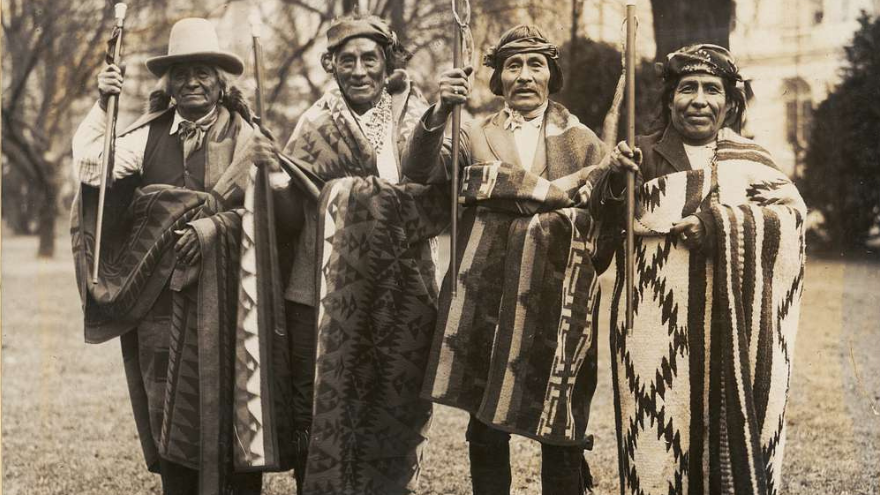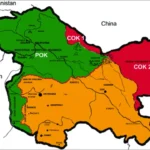May 22, 2025 | Science & Heritage News
In a landmark genetic study that bridges modern science and ancient heritage, researchers have confirmed the deep ancestral lineage of the Pueblo people, tracing their roots back over a millennium in the American Southwest. This groundbreaking discovery affirms oral histories long preserved by the tribe and opens new avenues for understanding Indigenous history through genetic science.
🔍 Research Validates Pueblo Oral Traditions
The study, led by a collaborative team of geneticists and archaeologists from the University of Colorado, Harvard Medical School, and Indigenous scholars, analyzed DNA extracted from ancestral remains dating back as far as 1,200 years. These were compared to samples voluntarily provided by present-day Pueblo community members.
The results revealed a strong genetic continuity between ancient populations from sites like Chaco Canyon and Mesa Verde and the modern Pueblo tribes, including Hopi, Zuni, and other Rio Grande communities. This validation of oral tradition through genomic data marks a turning point in the integration of Indigenous knowledge systems and scientific inquiry.
🧬 A Sensitive and Ethical Approach
Unlike earlier studies criticized for excluding Indigenous voices, this research prioritized ethical collaboration. Consent and guidance were provided by tribal elders and cultural leaders, ensuring respect for spiritual and cultural sensitivities.
Dr. Maria Thompson, a Pueblo anthropologist and co-author of the study, emphasized, “This isn’t just about science proving history—it’s about science finally listening to it.”
🌄 Why It Matters: Cultural and Scientific Significance
The Pueblo people have long asserted their ancestral connection to ancient civilizations in the Southwest. This scientific affirmation provides not only cultural validation but also supports land claims, heritage preservation, and education.
“This study helps reinforce our identity and our unbroken connection to the land,” said Governor Wilton Begay of the Zuni Pueblo. “It’s proof of what we’ve always known in our hearts.”
🧪 Technology Behind the Discovery
Researchers employed ancient DNA (aDNA) sequencing and mitochondrial DNA analysis, focusing on genetic markers passed down through generations. Advanced methods helped preserve and extract viable DNA from bones and teeth, even after centuries of burial in arid conditions.
The study’s findings, published in the journal Nature Human Behaviour, represent one of the most detailed genetic mappings of Indigenous American populations to date.
🌐 A Model for Future Studies
Experts are calling the Pueblo project a benchmark for ethical genetic research. It demonstrates how science and Indigenous perspectives can co-exist—when mutual respect and transparency guide the process.
“This should become the gold standard for all future research involving Native communities,” said Dr. Linda Perez, a leading bioethicist at Stanford University. “Community-led science is the future.”
📚 Looking Ahead
The Pueblo community plans to use the findings in educational initiatives to teach younger generations about their heritage. Museums and universities are also preparing to revise exhibits and curricula based on the updated historical understanding.
As science continues to unlock the secrets of the past, this research highlights the power of collaboration, cultural respect, and cutting-edge genomics in rewriting the narrative of America’s first peoples.





